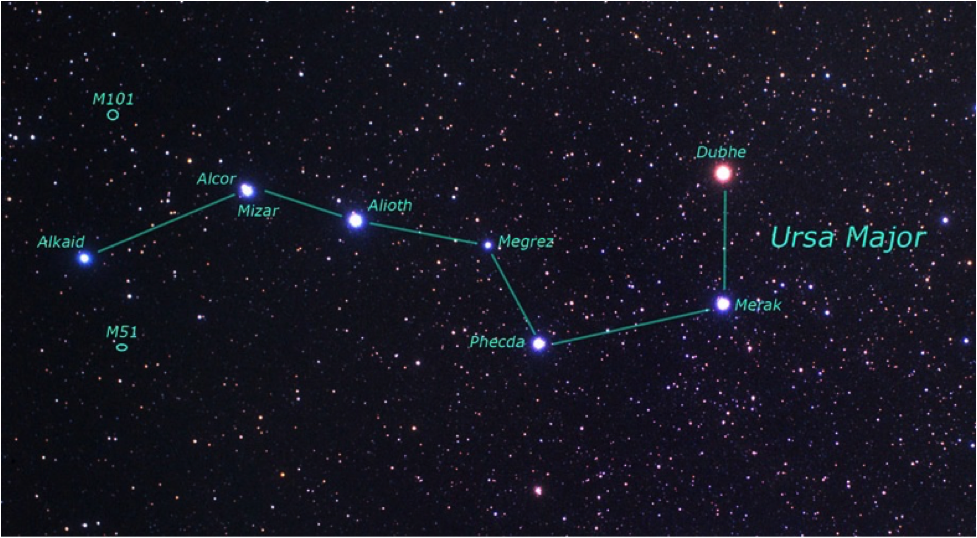Astronaut’s Pics Of Sunrises Give Us All The Feels
My first article for Now.Space inspired by Astronaut Scott Kelly's Instagram feed during his year in space.
On Tuesday, March 1st, astronaut Scott Kelly returned to the surface of Earth after spending 340 days floating above it. I’ve been thinking a lot about what that must be like and what always draws my attention is how time passes in space. On Earth, we’ve collectively adopted a 24-hour clock synced to an agreed upon time standard known as Coordinated Universal Time, abbreviated as UTC. UTC is defined as mean solar time at zero degrees longitude (i.e., the prime meridian) and is the successor to Greenwich Mean Time (GMT), which is no longer scientifically maintained.
On board the International Space Station (ISS), UTC is the time zone of choice. The ISS has control centers in six different countries around the world, so to minimize time zone confusion, the station and all ground based operations follow UTC. As a result, morning on in orbit starts around 6:00 UTC and bedtime is around 21:30 UTC. I can’t help but think there is a psychological benefit to having times that match what we normally associate with getting up and going to sleep. However, the complicating factor in space, is that sunrise and sunset don’t correspond with those times anymore. In fact, they don’t resemble anything we are familiar with here on Earth’s surface.
Read the full article here.





